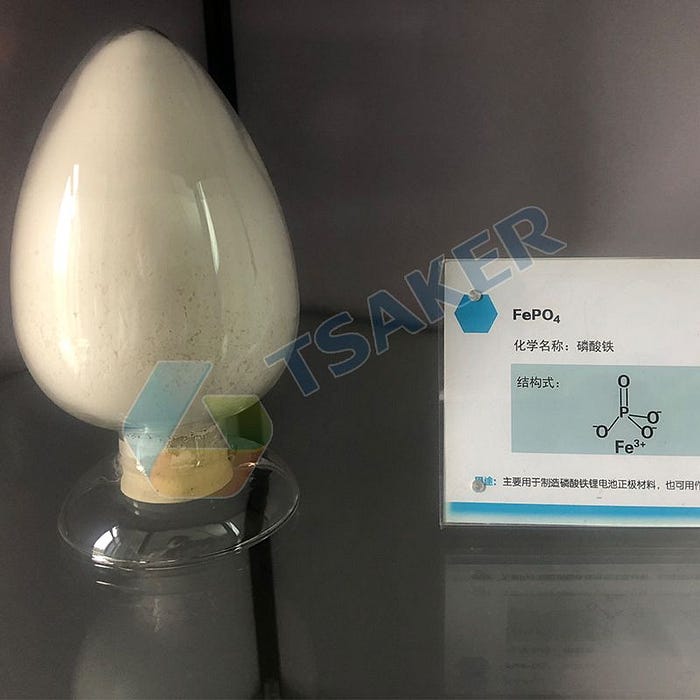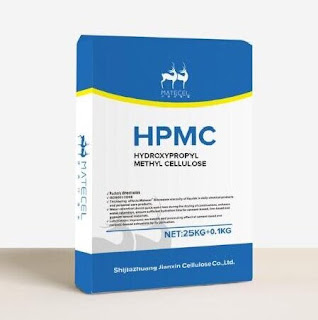The Role of Iron Phosphate in Enhancing Battery Performance and Safety
Lithium-ion batteries have become the dominant technology for energy storage applications due to their high energy density, long cycle life, and relatively low self-discharge rate. However, they can be prone to thermal runaway, leading to fires and explosions, as seen in several high-profile incidents in recent years. To address these safety concerns, researchers have been investigating new cathode materials that are less prone to thermal runaway and can enhance the overall performance of lithium-ion batteries. Iron phosphate is emerging as one of the most promising cathode materials for improving battery performance and safety.

Iron phosphate (FePO4) is a type of cathode material that is made from iron, phosphorus, and oxygen. It has a unique crystal structure that allows for the storage and release of lithium ions during charging and discharging cycles. One of the key advantages of iron phosphate is its high stability, which makes it less prone to degradation and thermal runaway compared to other cathode materials like lithium cobalt oxide (LiCoO2) and nickel manganese cobalt oxide (NMC). This makes it a safer choice for use in high-energy density batteries that are used in electric vehicles and other applications.
In addition to its safety benefits, iron phosphate also has a high theoretical capacity, which means it can store a large amount of energy per unit weight. This is because the material can accommodate more lithium ions than other cathode materials. This makes it an attractive choice for high-performance batteries that require high energy densities, such as electric vehicles and grid storage systems.
Another advantage of iron phosphate is its long cycle life, which refers to the number of times a battery can be charged and discharged without significantly degrading its performance. Iron phosphate has been shown to have a long cycle life, which makes it an attractive option for applications that require long-lasting batteries, such as electric vehicles and grid storage systems.
Iron phosphate also has several other desirable properties, including a low cost and eco-friendliness. The raw materials used to produce iron phosphate are abundant and widely available, making it a low-cost option for battery manufacturers. Furthermore, iron phosphate is considered to be an eco-friendly material, as it is free from toxic metals and has a lower environmental impact compared to other cathode materials.
One of the challenges with iron phosphate is its lower conductivity compared to other cathode materials. However, researchers have been exploring ways to address this limitation, such as by using nanoscale iron phosphate particles or combining iron phosphate with other materials like graphene. These approaches have shown promising results in improving the overall performance of iron phosphate-based batteries.
Iron phosphate has already found some commercial applications in lithium-ion batteries, particularly in low-power and low-energy density applications such as power tools and small electronic devices. However, there is still much research and development needed to fully realize the potential of iron phosphate in high-energy density batteries for electric vehicles and grid storage systems.
In conclusion, iron phosphate has emerged as a promising cathode material for enhancing battery performance and safety. Its high stability, high theoretical capacity, long cycle life, low cost, and eco-friendliness make it an attractive option for developing sustainable and cost-effective battery technologies. While there are still challenges to be addressed, ongoing research and development in this area suggest that iron phosphate-based batteries could play a significant role in the transition towards a more sustainable and reliable energy system.

评论
发表评论